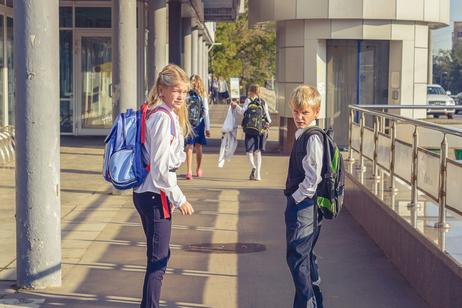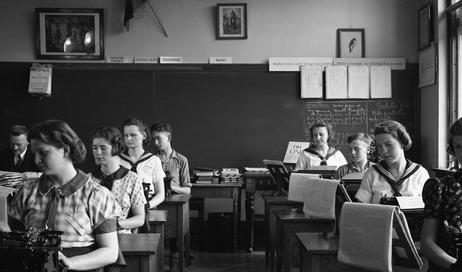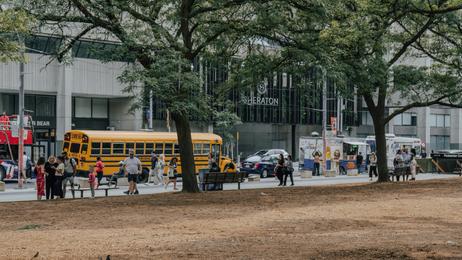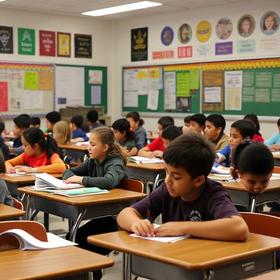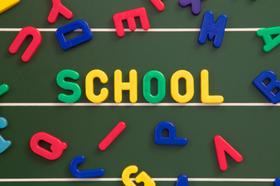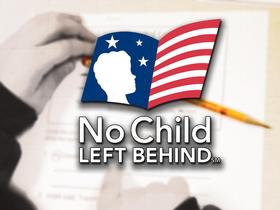How to Advocate for Your Child in Public School Without Overstepping
Navigating public school systems can feel like walking a tightrope: you want to support and protect your child, but you also don’t want to alienate educators or create adversarial relationships. Advocating for your child in public school requires a balance of assertiveness, respect, and strategy. Below are evidence-grounded, up-to-date approaches (2025) to help you navigate this terrain effectively.
1. Start from curiosity, not accusation
Before raising concerns, gather facts. Review your child’s recent assignments, grades, reports, behavior logs, and any communications from teachers. Ask open questions:
“What strengths have you seen in my child this term?”
“Where do you think they struggle most, and how do you approach that challenge?”
“How do you track progress, and how can I help support you at home?”
Framing feedback as a request for insight encourages collaboration rather than defensiveness. Longtime parent advocates often emphasize: you’ll get farther when you’re seeking to solve problems together rather than pushing blame.
2. Know the legal and policy framework
Understanding your rights and the school’s responsibilities gives you better footing. Some key frameworks:
FERPA (in the U.S.) protects your right to access your child’s educational records.
IDEA / 504 plans obligate schools (in applicable districts) to

